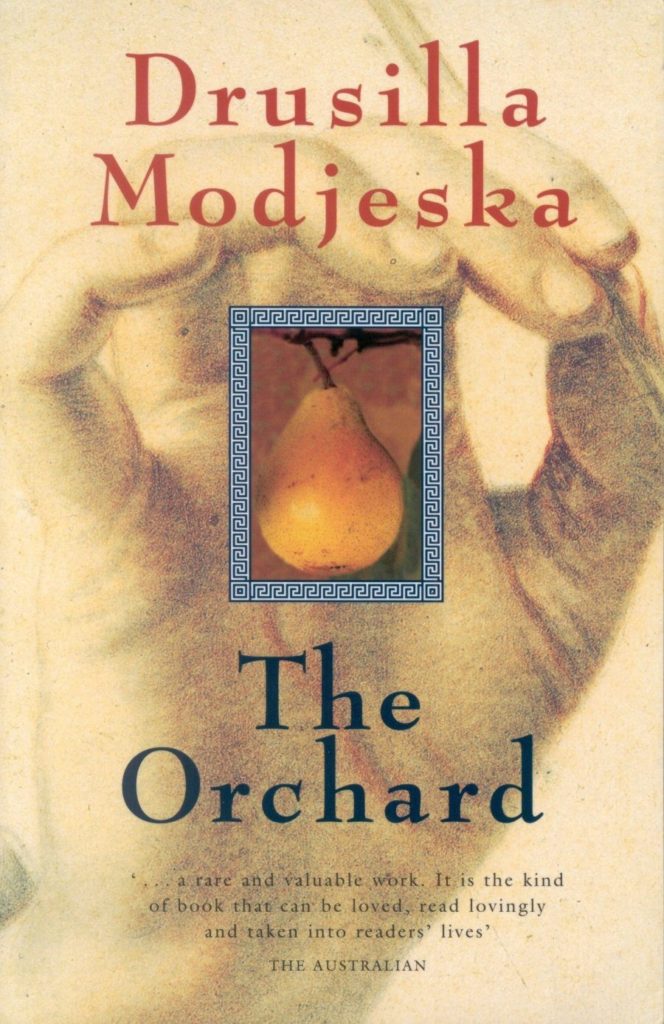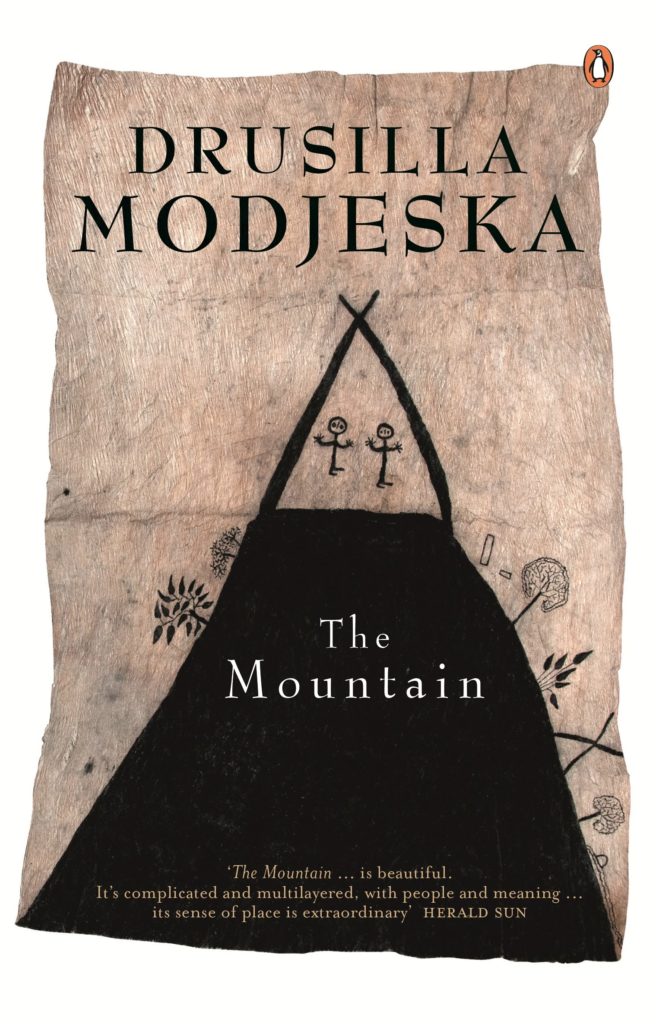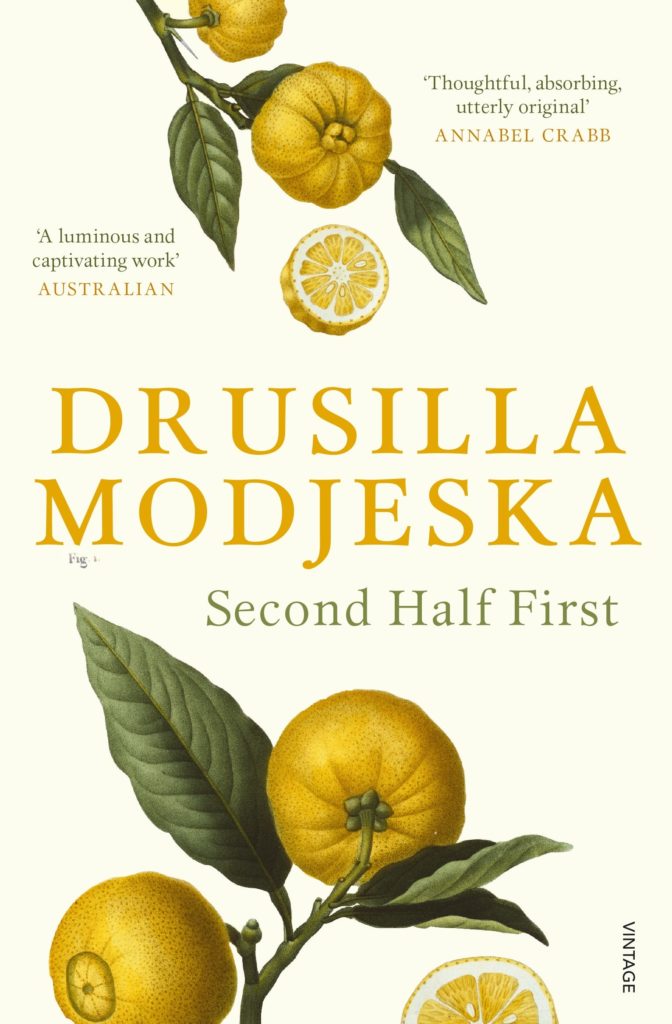FWA: In nature, hybrids might arise because changing environments alter the normal patterns of behaviour. Would you please tell as a little about why you have found hybrid forms so useful in your writing?
DM: There are some who would still say that there is a clear line, even a chasm, between fiction and non-fiction. And there are others who have long been saying that the terrain between the two is more like rolling grassland, a fertile borderland. My own writing career has taken me into that borderland and like many others, I have found it expansive and exciting, opening up possibilities in writing about the lives of those for whom there are incomplete records, gaps and fissures in the narrative, and whose stories too often contradict socially and historically sanctioned narratives.
While it is a form of writing that has roots back into the early 20th century, it is a rapidly changing narrative landscape, and over the last few decades many terms have been used for it: life-writing, creative non-fiction, hybrid, fusion, auto-fiction. I am not particularly attached to any one ‘definition’ of this rich and fertile terrain as it continues to morph and change.
It is on this borderland terrain that the course will be focused. And I should say from the start that while it is a form of writing that often starts from the premise that there is no one truth, it is not about evading truth, concealing truth, not about fabricating ‘truths’; rather it is about finding new ways to voice the truth, or truths, that are not/ have not been easily told in these complex, ‘post-truth’ times.
FWA: In nature, hybrids affect and change the environments in which they occur. Can you give us some examples of recent hybrid works that have created new expectations and/or excitement in the literary world?
DM: Popular examples of writers who come within this broad definition, include Elena Ferrante (who leans to the fictional) and Karl Ove Knausguard (who leans to the autobiographical). Among the writers who are opening up the in-between terrain with books acclaimed by readers and critics and writers alike, include Sheila Heti, Annie Ernaux, Claudia Rankine, Teju Cole, Deborah Levy, Ben Lerner, Olivia Laing, Colum McCann, Sigrid Nunez, Maggie Nelson, Tao Lin and Rachel Cusk.
FWA: Entry to your new course Fact or Fiction? Writing Hybrid Forms is by application. What will you be hoping to discover when you read the applications? Or put another way, could you describe the ideal candidate? Or yet another way, do you have any tips for applicants?
DM: There is no secret agenda here. No ‘ideal’ application. It is to help me as I finalise the course. I would like to know what participants are writing, or thinking of writing; where they are with it, and where they hope to get to; what the scope is, and the underlying basis in lived experience, be it historical or contemporary, autobiographical or not, close or distant, lost lives, or known. There are many possibilities, and I do not expect detailed synopses – but the more I know about where participants are coming from, the better I can focus the course.
FWA: Your biography tells us that you are working on a book on Modernist Women, due out in 2022. Will this use a hybrid approach? Would you please tell us a little about what we can expect?
DM: This is a book based on the lives of women artists from the first half of the 20th century who (literally) redrew the ways women’s bodies were seen and could/would be seen into the future (our future). So it is primarily non-fiction. But I use techniques of fiction to engage the reader, to draw character, and to link the past to the present, and connect their lives to the lives of more recent and contemporary artist-women. It is a book about the ways in which the past and the present can echo and intersect, and a meditation on the ways in which artist-women have seen and been seen, and how blinkered our views can be. It is a narrative of intersecting lives through the flow of time – another topic we can explore in the course – and the ways in which time moves through us – through place, through families and communities, through generations – as we move through time.
FWA: What are the key learnings you hope participants will take away from Fact or Fiction? Writing Hybrid Forms ?
DM: That writing is a journey, and that it helps to be aware of the path we are on as we find the tools, the voice, the characters, the perspective(s) through which to tell our stories. While the course will consider the larger questions raised by hybrid writing, the practical focus will be on the writing of the participants. Which way does each participant lean – towards fiction, towards non-fiction, or are they in that border zone? What are the pros and cons of each? Is it a journey towards, a journey of discovery, or a backward look through memory, or something else entirely? What material do you have to work from? What is missing, what is available, what must still be found – or imagined – and how? Are you a character in the story, and if so, are you a major character or minor? Whose story is it, and who is telling it? Are you an advocate or a player, an observer or seeker? By exploring these questions and how to deal with them on the page, I hope the course will help clarify the way forward for the participants and their projects.
Fact or Fiction? Writing Hybrid Forms
with Drusilla Modjeska
Sydney
6 May – 10 June 2021
Full details and applications here.


